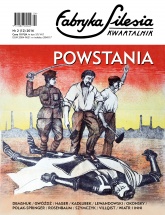
Wojna kinematografów
Pola Negri, who was involved with the UFA production company in Berlin at that time, participated in the fundraising for the plebiscite.
More...We kindly inform you that, as long as the subject affiliation of our 300.000+ articles is in progress, you might get unsufficient or no results on your third level or second level search. In this case, please broaden your search criteria.

Pola Negri, who was involved with the UFA production company in Berlin at that time, participated in the fundraising for the plebiscite.
More...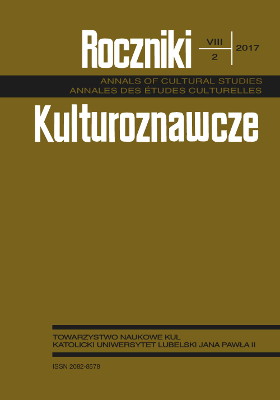
The aim of this article is to reconstruct and analyze Susanne K. Langer’s conception of human cognition in general and of music cognition in particular, as exposed in her book Philosophy in a New Key. A basic idea of Langer’s investigation is a broad conception of human rationality. Due to this idea, rationality is not limited by any rules of any language. The article is composed of three sections. First, the philosophical context of Langer’s epistemological and aesthetical analysis is presented. Next, the general conception of human cognition as a symbolic transformation is reconstructed. Finally, the conception of music cognition as a special case of symbolic transformation is presented and analyzed.
More...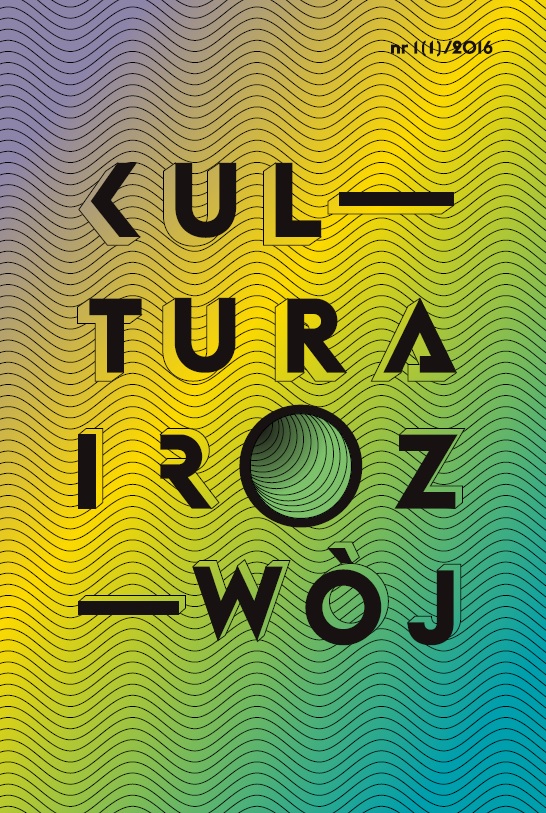
Culture provides concepts, tools and underlying normative structure that shape the way humans perceive and act in the world, including the social one. „Social self-conscioussnes” is the shared knowledge of the members of a certain community of this community: its features, identity, and the way it functions. Hence, social self-conscioussnes influences the set of the assumptions concerning the motivations and attitudes of alter in social interactions. The image of the Polish society is rooted in the shared axioma of Poles being brave nation, but poor society: unable to cooperate, divided, distrustful etc. If used by people to choose the strategy of social action, this image leads to individualistic strategies, closing them inside the permanent prisoner’s dilemma.
More...
The article proposes to treat literature as a template of the collectiveimagination. The basis for discussion is the Polish prose of the period 1986–2016, and the main thesis of the article says that the Polish culture reached theends of the imagination. These are the ends of our geography and democracy. Getting to the ends of the geographical imagination is the result of movingout of the current larger units, to which Poland belonged or to which it aspired (weakening of the presence in the European Union, the disappearance of Central Europe, halting efforts to follow the Scandinavian model of the state and civic culture, destruction of relations with Lithuania, Belarus and Ukraine). Weakening or breaking ties with neighboring countries leads to a four-sided isolation – that is, the above mentioned ends of the geographical imagination. The condition of getting out of the impasse is to develop new narratives linking Poland with the neighboring cultures and locating our country on the European map. Getting to the ends of democracy stems from the discovery that political majority turns out to be a constructed collective entity, and violence takes on the character of a constitutive element of democratic order.
More...
The author offers arguments in order to justify its hypothesis claiming that in Poland one can see cultural factors which make the state and the society have no real chance to be able to get out of current level of development or underdevelopment, within short, or middle term. In otherwords, one can hardly believe in “big leap forward” relating to economicand social development what would make possible to get out of so called middle-income trap meaning many unsatisfactory economic parameters inareas of innovation, productivity, capital accumulation, structure of export, including quite low level of standard of living for significant section of society(low income, low quality of public services etc.). Due to culture factors – associated mainly with intellectual culture– obstacles to development still are in place visible in the way the public institutions work including low level of effectiveness of public administration, low level of governability when it comes to reforms designed to strengthen the capacity of the state institutions as well as the society in resolving emerging policy problems. It would require a culture change, especially in the area ofintellectual culture.
More...
The text presents a vision of the role of culture in Poland in view of the world system theory coupled with the references to the theory of Pierre Bourdieu in the interpretation of Iván Szelényi. In its view one could talk abouta paradoxical role of the culture for the social dynamics of Poland. At the same time Poland is viewed as a semi-peripheral country in the global division of labor and a dominant role of the intelligentsia as an elite which can be perceivedas a cultural capital elite, position of which can not be challenged by neitherthe native economic elite nor the weak elites of the Polish state.
More...
In principle, the City-Idea is not a universal idea that providesa model of yet another ‘ideal city.’ In order to develop, each city must come up with its idea, by which I mean a city-specific process of unlocking its development and (urban) value-creation potential. For this reason, it is not a city development model, but a normatively understood approach – a concept, not a formula. An important role in this process is played by culture. Starting the development spiral from interventions in the field of culture stimulates societal imagination, that is, a community of thinking about a good city, about the needed and possible changes, and about innovative activities that lead to that end. These activities alone concern, of course, not only the field of culture, but continued in that area, they consistently deliver creative energy.
More...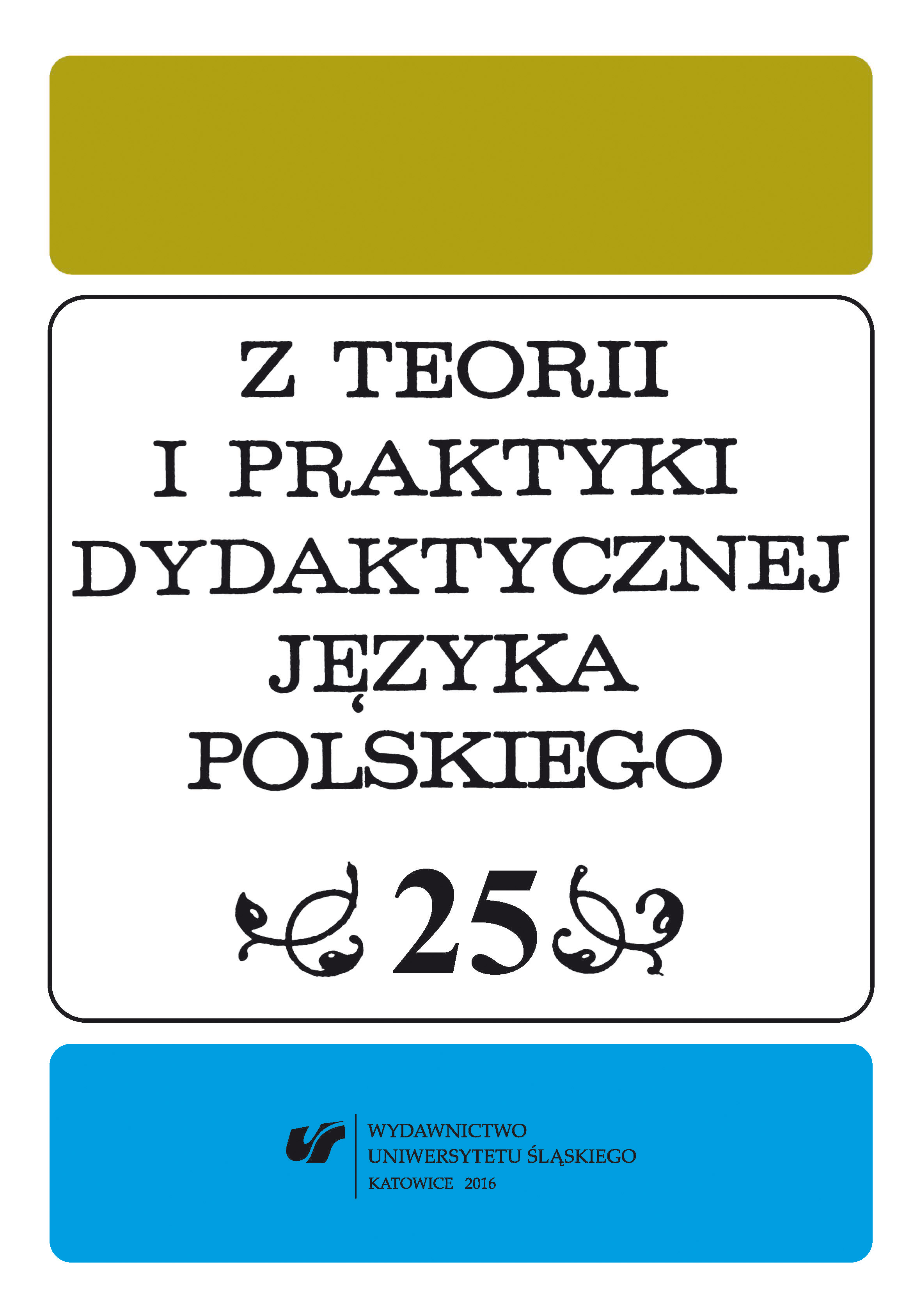
The article concerns objects of sacred architecture, which, when brought up duringPolish langugae classes, can become a starting point for reflection on other cultures, and, mostimportantly, on tolerance, respect for otherness and the Other, thereby preparing students forcivic life in multicultural and multireligious Europe.
More...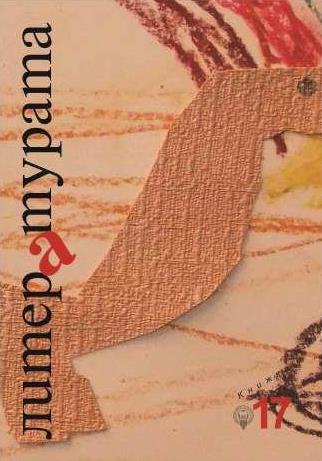
The article compares contemporary films based on motives from fairytales (Shrek, Tangled, Maleficent, Frozen) to the Brothers Grimm's originals. It demonstrates that the way storylines and morals are presented in these films is not beneficial either to the old fairytales or the modern viewers. The transformation - through the addition of a psychological dimension to archetypal images such as the witch and the monster; through undermining and irony of the fairytale world; through reshaping of the good and bad characters - denies modern young viewers the ability to find answers and consolation which fairytales traditionally offer. The changes in content and the psychological effects from that process are analysed through Bruno Bettelheim's psychoanalytical framework. The article concludes that the described trends facilitate commercialisation and merchandising, and aim to turn modern children into consumers at a young age.
More...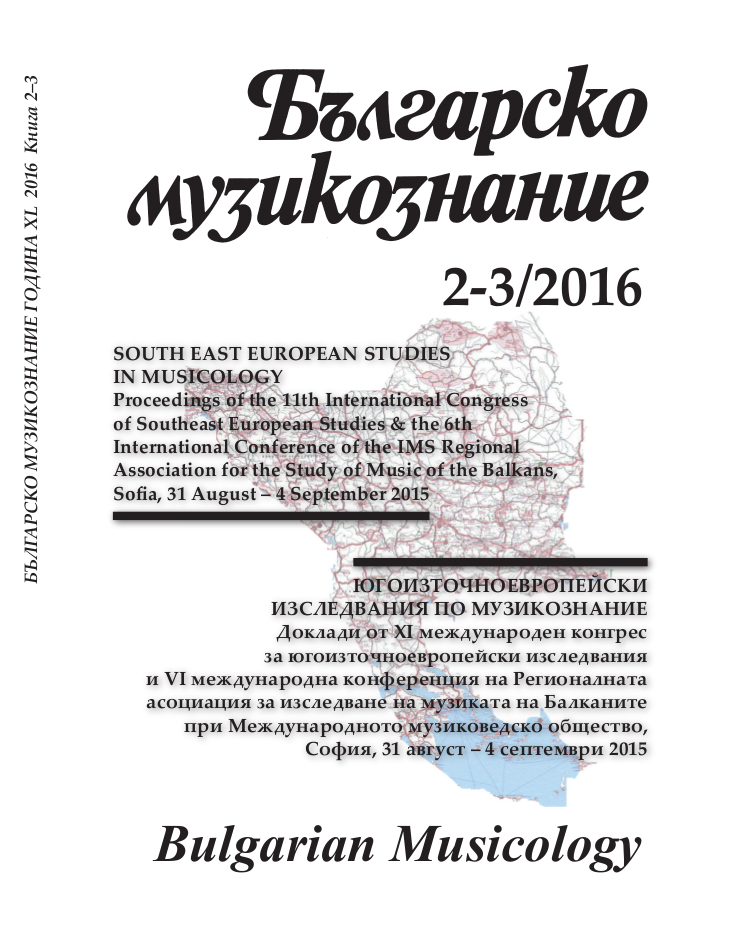
У овом раду аутор истражује уметничке одговоре на АИДС епидемију у оквиру како промена политичког као таквог током осамдесетих година 20. века, тако и нарочитих политика везаних за АИДС активизам. У првом погледу кључне су биополитичке и технонаучно-медицинске промене у западним друштвима, али и процеси глобализације који су довели до различите дистрибуције како ресурса у погледу борбе против АИДС-а тако и ризика у различитим деловима света. Што се другог аспекта тиче, у анализи АИДС уметности аутор се води уметничким стратегијама којих има пет и то су транскодирајуће стратегије, медијска критика репрезентација АИДС- а, алтернативни публицитет, АИДС егземплари и стратегије жаљења и меморијализације, закључујући да је од суштинског значаја имати у виду глобални карактер епидемије.
More...
It is necessary to discuss our understanding of films with religious themes or of religious films, from the Ottoman period to the present, by categorizing in itself. Since the first Ottoman film about the demolition of the San Stefano monument, directed by Fuat Uzkınay on November 14th, 1914, religious feelings have been represented together with national, historical and cultural feelings and values, beyond being a mere ideology. Starting with the Republican period, new mentalities and values emerged. Thus, we are confronted with fundamental changes in the understanding of the Turkish Cinema. In the first period between 1923 and 1950, the founding philosophy of the Turkish Republic and the dominant ideology of the single party period had a distinctive outlook in the understanding of religious and cultural films, as in all spheres. This period is called “The Period of the Private Production Companies”. The constant theme or the main theme of the religious films, which had very few examples until the 1950s during the multi-party period when the Democratic Party was in power, was the ridicule of religion, religious leaders and values. The unchanging characters for religious leaders, preachers and devout Muslims were portrayed as ignorant, unwise, narrow-minded, uncultured, quack, opportunist, dishonest, amulet seller, and exploiting the dead. From the beginning of the 50s, this understanding would change to some extent. The understanding of religious themed films in the Turkish cinema would gain a new momentum in the 60s, and from the 70s on, many more examples would emerge. The embargo and isolation policy applied on Turkey during and after the Cyprus Peace Operation; consequently, the revival of the religious and national feelings, and the government’s efforts in this direction induced a significant increase in the production of religious themed films. However, the 80s were like an interregnum not only for the religious films, but also for the intellectual films that reflected ideas apart from the dominant ideology. During the 80-90s, when Цzal was in power, as color televisions and private televisions came into our life, the religious film market livened up, and religious films were produced with higher qualities compared to the past. This period may be taken as a new beginning for the understanding of national and domestic cinema. Especially from the beginning of the 2000s, although the producers backed up by the religious foundations, associations, or the state considerably raised the quality, unfortunately, they have not reached the desired and expected level, yet. As a former administrator and expert in the Ministry of Culture, I believe that some problems are primarily required to be solved for the international quality in the production of religious films. The insufficiencies of technical infrastructure, of qualified personnel, of good actors, of educated and questioning audience, and of active consultants are the most significant problems of the present religious film sector.
More...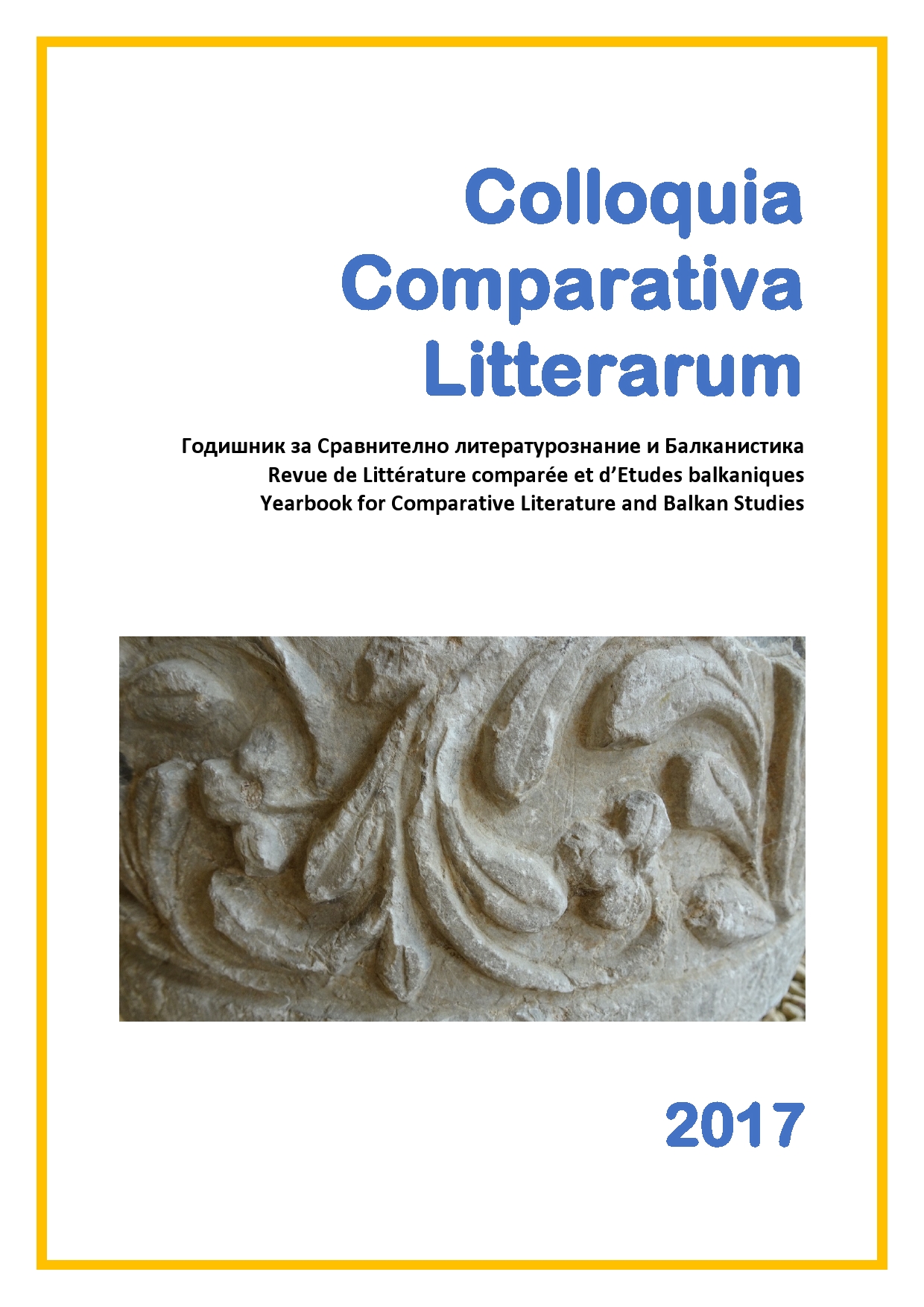
In the year 1860, Ivan Turgenev delivered a speech at a public reading entitled "Hamlet and Don Quixote". In it, he commented on the concept of man and world (Weltanschauung) which emerged from the English play and the Spanish novel. However, the philosophical and moral interpretation, which he proposed, referred to Tsarist Russia and the problems of the reforms under Alexander II. For example, there existed a clear link between the speech and Turgenev’s novel Fathers and Sons („Отцы и дети“). Hamlet and Don Quixote remind us mainly of the European fates of these two myths, especially the operas Hamlet (1868) by Ambroise Thomas and Don Quichotte (1910) by Massenet. In the early period of Mannerism and Baroque, Hamlet and Don Quixote were accompanied by a third hero: Dr. Faustus, (a legacy from Marlowe), who too, after many relays, inspired the composer Gounod for his famous opera Faust (1859). All this brings us back to the Salon Viardot, whose hosts were close friends with Turgenev. It is easy to imagine that Turgenev was also inspired by the modern commentaries of Sismondi and Louis Viardot. There are many links between West Europe and Russia, between literature and the history of French opera.
More...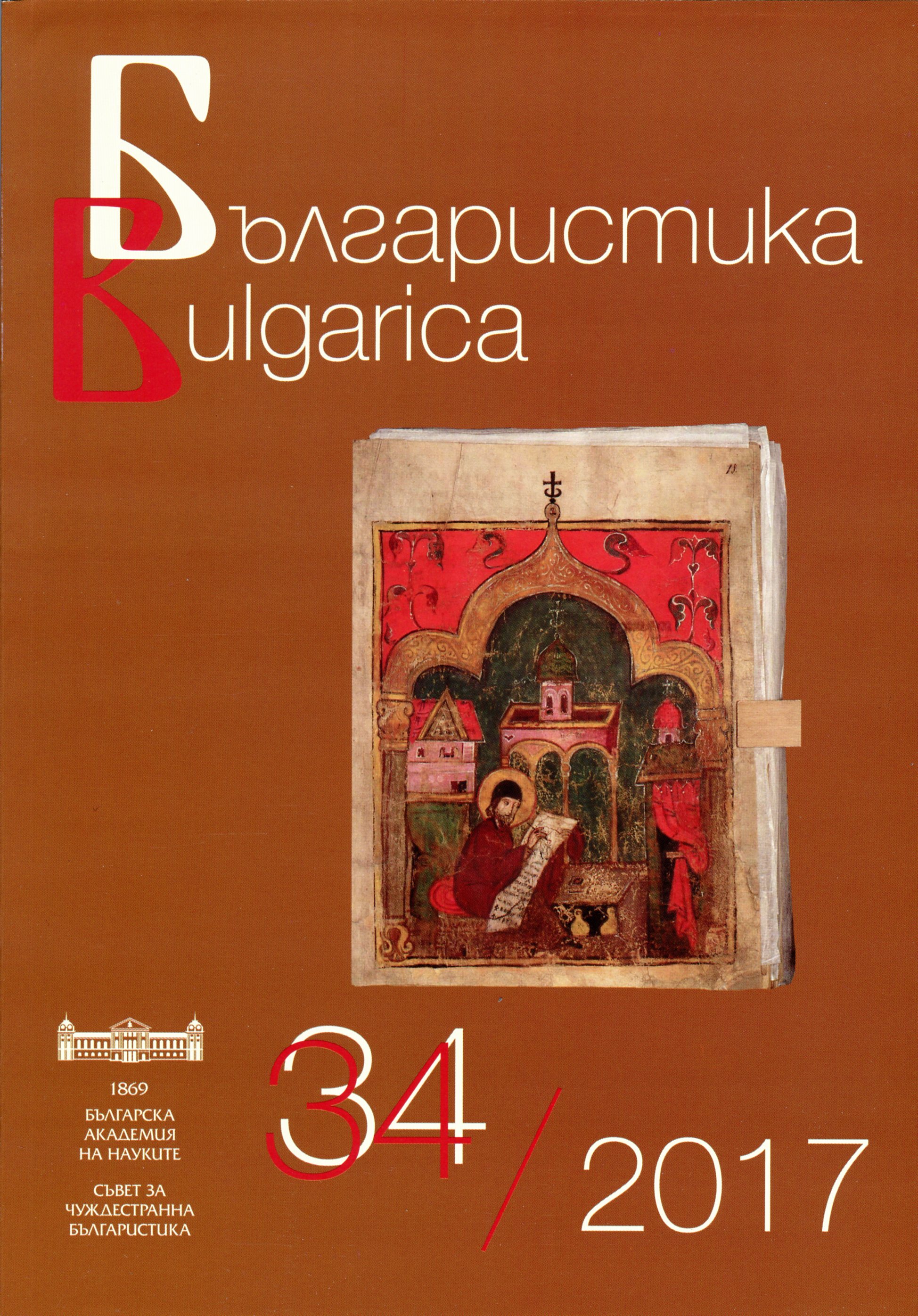
Defended PhD theses in Bulgaria in the field of linguistics, literature, history, folklore, ethnography and art studies
More...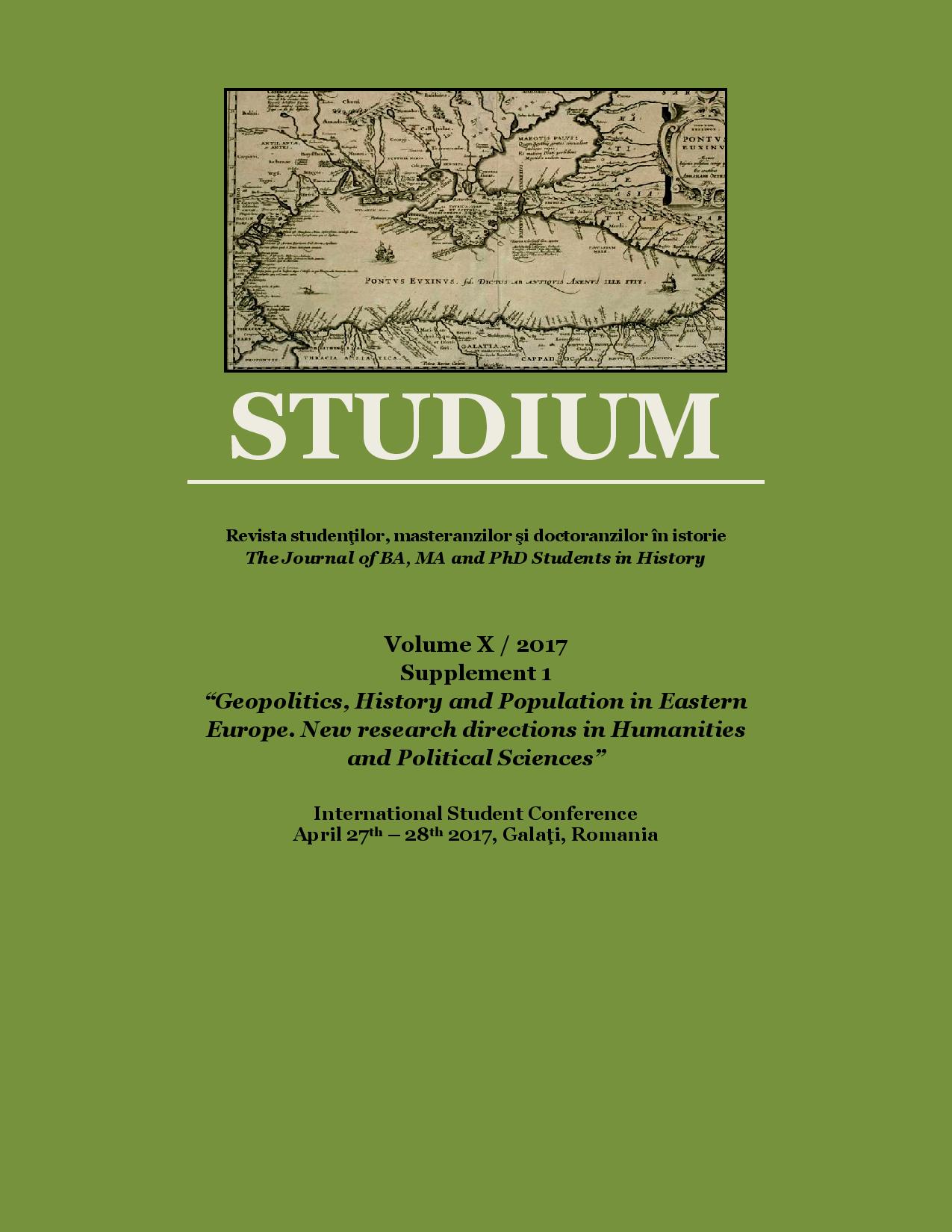
The paper aims to highlight the Communist-era intention of promoting theatre among the population. In this regard, a children’s theatre was desirable, and well done for that, in order to promote the emergence of the Communist man. Ever since its first year of publication, “Theatre” Magazine showed the necessity for a children’s theatre. In No. 4 of the 1956 issue, a letter from a child is presented to the public. In it, the child states his wish to have their own theatre performances (he speaks for all his kind), at appropriate hours and with accessible subjects. A particular importance will be given to the topics of children’s theatre. Also interesting are the main lessons that the audience was to learn. The role of this paper is to see the impact that Communist propaganda had on the population and how theater acted as an instrument.
More...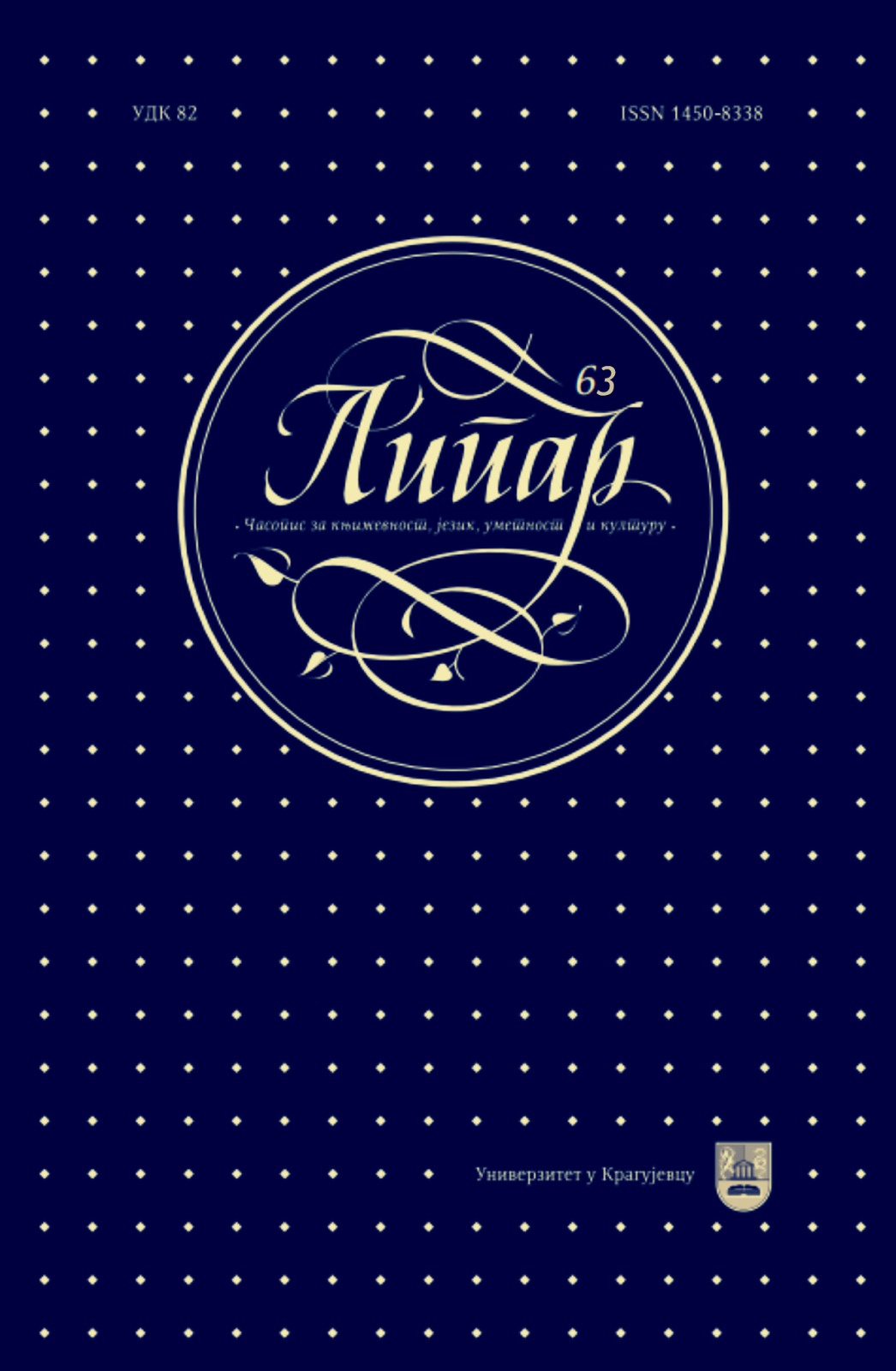
Drawing upon Bert Cardullo’s argument in his Brecht, Pinter, and the Avant-Garde that Harold Pinter’s later, non-political plays strike us as being “tired and repetitive [. . .] as if they’re telling us something that we already know” (Cardullo 2008: 72), this essay first likens the impact of Pinter’s earlier plays to the unchained and enlightened person in Plato’s “cave” allegory helping the rest of the cave dwellers unchain themselves and then asks in what manners Pinter’s later, non-political plays pound on our doors, announcing the arrival of what “we already know.” The essay focuses on two of Pinter’s post-1990 plays, Moonlight and Celebration, to delve into that question. Paying particular attention to the fact that those two plays call for ensemble acting, the essay looks at the ways in which characters’ dialogues and soliloquies interact with their physical presence and movements onstage. At the same time, the essay traces examples taken from the play-texts of Moonlight and Celebration back to some of the stage directions as well as the characters’ lines in Pinter’s pre-1990 plays—and, for comparison, also in his pieces that immediately precede the two plays in question. The essay concludes by referring to Hans-Thies Lehmann’s definition of “dramatic theatre” and asserting that, unlike Samuel Beckett, Pinter stuck to his version of “dramatic theatre” rather than moving on to the realm of “postdramatic theatre.”
More...
In this paper we insist on thesis that all theatre is essentially political, but that there are two types of politics – of compliance and of transgression. The first type is characterized by (in)direct reproduction of ideological delusions or even avoidance of the political themes altogether (as, for example, is the case of, so called, apolitical theatre), while the other type is dedicated to exposing false unhistorical interpretations and then replacing them with ideas based on progressive conception of human society. Therefore, the point is not so much in the things represented on stage, but the implicit interpretations of these things/situations/ideas. For this reason, our attention is focused mainly on the disciplines of theory and criticism because we think that their representatives perform the role of the “guardians” of the unjust society by insisting on reactionary, passive, treacherous politics of compliance. With their strategic manipulations (such as emphasis on formal characteristics of a literary piece or obscuring of meaning), they prevent the audience from asking the urgent questionsand consequently from possible rebellion against repressive, discriminatory or (neo) imperial rule of the dominant regime. This specifically applies to current postmodernist trends in relativisation of the truth and negation of all epistemological possibilities in general.
More...
The paper seeks to explore the value of silence in theatre and the language of silence, pause and “second degree dialogue” in the works of Maeterlinck, Ibsen, Strindberg, Beckett, Pinter, Caryl Churchill and Sarah Kane.
More...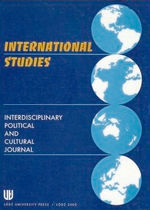
The article presents a series of urban regeneration programmes carried out in the Lazio Region from 2011 to 2016, and financed by the resources of the cohesion policy 2007–2013. It covers: programme background, experience of the Municipality of Aprilia analysed in its most relevant details, some reflections concerning opportunities and limits of the programme, and some key elements to be developed in future research.
More...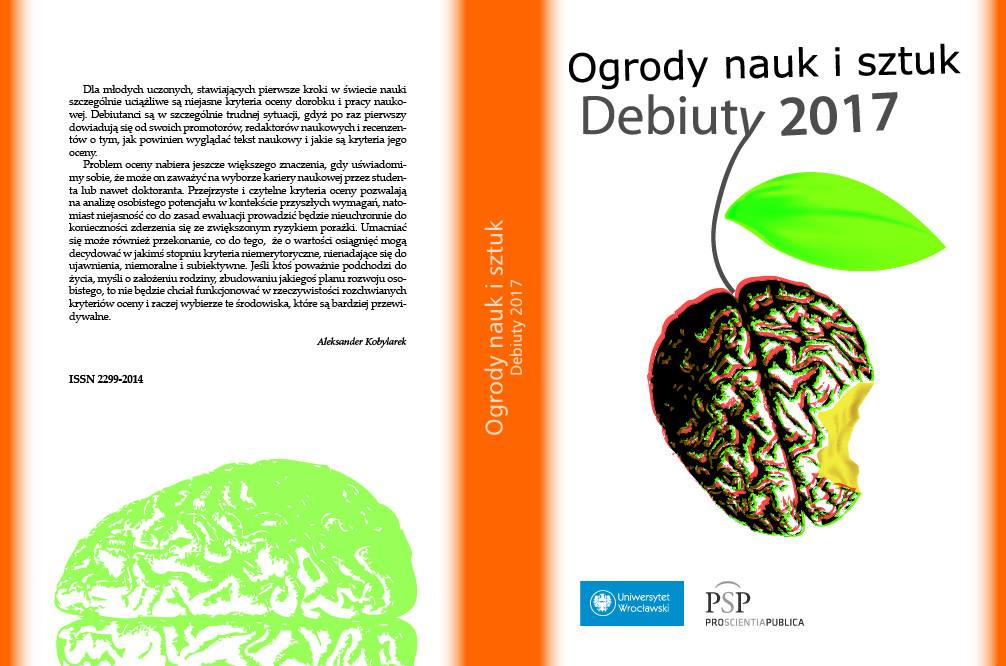
Teza: Głównym celem artykułu jest przedstawienie i analiza sposobów przedstawienia zjawiska szaleństwa w kulturze popularnej.Omówione koncepcje: Wyróżniłem dwa częste sposoby obrazowania szaleństwa w dziełach kultury popularnej: rozumienia szaleństwa jako niedopasowanie społeczne oraz wykluczenie społeczne. Zasygnalizowałem, że gry komputerowe są i powinny być ważnym celem badań. Oprócz tego dokonuję rozróżnienia terminów „chory psychicznie” i „szalony”.Wnioski: Nie istnieją oczywiste kryteria, pozwalające na scharakteryzowanie czym jest motyw szaleństwa w popkulturze, mimo to da się wyodrębnić najczęstsze sposoby przedstawiania tego zjawiska. Gry to medium prężnie rozwijające się, w którym tematyka szaleństwa jest silnie obecna.
More...